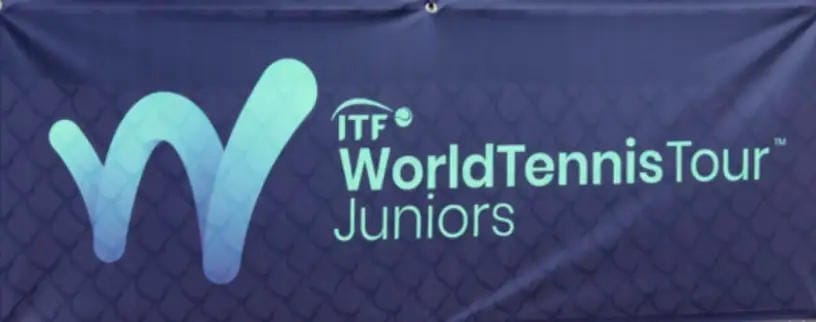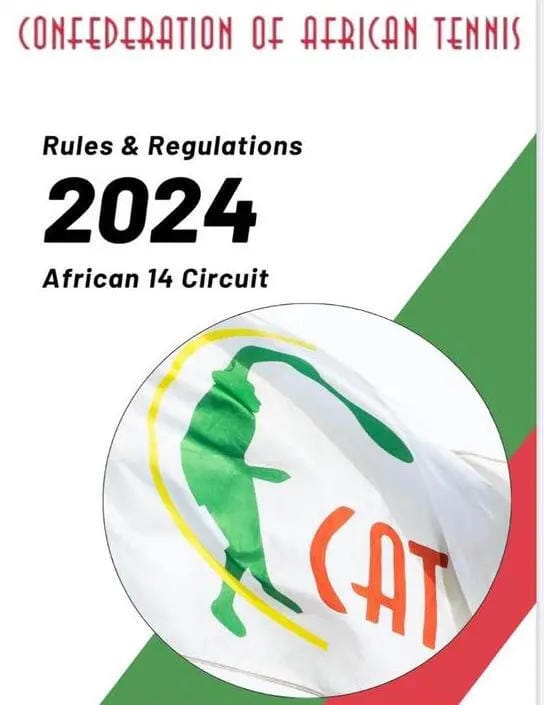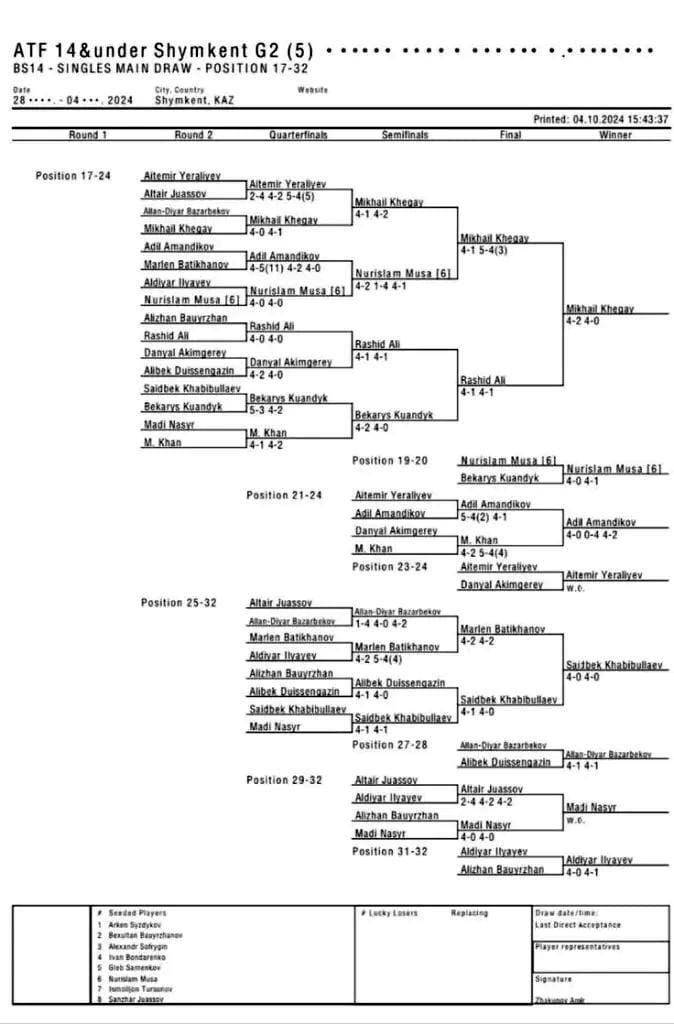- Racket Business
- Posts
- Multi Match/Placement match formats-How to make the ITF World Junior Tour more user friendly and less expensive for players
Multi Match/Placement match formats-How to make the ITF World Junior Tour more user friendly and less expensive for players
Dave Miley proposes changes that would make it much easier for players, coaches and parents to plan.

I think all ITF Junior J30, J60 and J100 events should introduce placement matches with every player guaranteed 5 singles and awarding different ranking points for each position 1-32. This works very effectively at national level all over the world and internationally in the regional junior 14 and 12 and under tours. Currently all 930 Junior ITF events operate a knockout format with players guaranteed only 1 singles match for their entry fee which has recently been increased by ITF to between 80 and 150 US dollars.
Some things to consider:
For a performance players under 14, it is recommended as a guide that the player should try to play at least 60 good singles matches each year with a 2/1 ratio of winning to losing. For players aged 14 and over, this number as a guide increases to 80+ singles per year. Under the under 14 regional circuit system, a player playing 10 tournaments will get 50 singles matches. Under the ITF system, the player does not know if they will get 10 matches or 50. This makes it more difficult to plan and results in extra costs and wasted money to get to the 80+ matches.
Players travelling on the international tour usually play 2 or 3 tournaments at a time in a certain region. If they lose in the first day of the event they cannot return home and instead the player, and the accompanying coach or parent, have to pay for Hotels and food while they wait for the next event to start. At the last week, they usually have an economy air ticket and so it’s difficult to change the ticket and to return early if they lose. The end result is a very expensive system, and many days wasted not playing competitively.
Because of the current ITF knockout system, coaches and parents are forced to schedule for their player more tournaments to get the necessary matches and this requires more weeks away from home and more expense. This also means the player will miss school and this impacts on the players education and personal growth. The ages of the vast majority of players playing these levels of events, are mostly between 13 and 16 and this is an age where they cannot afford to be away too much from school. Most academic systems have 14-18 weeks of official holidays and soif players were guaranteed 5 singles, parents and coaches could plan in such a way not to miss too much school time if they only needed to play between 10 and 15 weeks instead of 15-20.
Players aged 13-16 have limits of the number of Junior ITF events they can play each year until their birthday. Its between 12 and 16 tournaments.
At every ITF junior event, players have a 25% chance of playing a seed in the first round and 50% in the first two rounds. So often the new players lose in the first or second round and then do not get the competition experience that they need.
The costs for parents under this proposed system would be a lot less as they would reduce the player and accompanying person’s travel accommodation costs by 5-10 weeks, saving between $5,000 and $10,000 per year.
 | One good example from the early 90s comes to mind and reminds me of how difficult change can be to make in tennis. The ITF European Development Championships were established in 1994 and the first two week event was held in Romania and Moldova. It was a big event with 20 nations participating in the 14 and under and 16 and under events. I insisted that every player would play a match every day and we would rank all the players at the end of the event 1-48. We called these matches placement matches. |
 | As we were paying for all the countries to travel to the event and for their accommodation, I wanted to make sure that every player, not just the best, played a lot of matches especially as it costs us a lot for the two weeks. At that first event I had quite a big argument with a referee from Switzerland who did not like this multi match format. |
 | He explained that it meant that every day he would have to schedule the same number of matches and that every day he and his team of umpires would have to work the same amount and be at the venue until late. He was not happy as usually the amount of matches and their workload halved each day. I smiled and reminded him who is the most important person at these events (the player is the customer) and we work for them and reluctantly he agreed to follow my direction. |
|  |
The word consolation makes me mad!
I know some events offer what they call consolation matches (I see it in some entry forms) but I have to tell the readers now that the word “consolation matches” makes me very angry. Usually these matches are unimportant, played on back courts with used balls and with little interest in the results from the tournament organizers. Because of this and that these matches have no impact on rankings, the players do not respect them and often do not want to play. The atmosphere at the event is also much better as on the last day all of the 64 players are still on site for the finals.

My Proposal
My proposal would have mandatory multi match/placment formats and different ranking points for each place at J30 and J60 events and it would be optional, with a strong ITF recommendation, for J100 events. At these events there is no hospitality and so it will not impact on these costs because players are involved longer in the event. The demands on courts and roving umpires will be more but if the nations can do this when they have regional and national events, they should be able to do it when hosting ITF 18 and under events. When I talk with the national player development directors in the top nations, they all think this proposal would benefit their players, coaches and parents. As Tennis Director in Kazakhstan, I know this change would make it much easier for our players, coaches and parents to plan.
Feedback please
I would be very interested to hear the views of players, parents and coaches from around the world who have previously, or who are currently playing on the ITF junior tour at J30,60 and 100 levels. I am sure the ITF would also like feedback. Looking forward to hearing from you.


 Dave Miley | For 25 years Dave Miley worked for the ITF, 17 of which he served as Director of Development, the biggest department of the ITF. His responsibilities included Junior Tennis, Senior Tennis, Wheelchair Tennis, Technical and Anti-doping. He also oversaw the jointly funded ITF/Grand Slam global development programs which included activities in high-performance player development, coach education, and participation/ club development. |
Dave was the person behind the ITF Tennis Play and Stay Campaign and the rule change for Ten and Under Tennis, approved in 2010.
He has also authored seven coaching books. During his time at the ITF, he has traveled to over 140 nations and there are few people that know world tennis as well as him.
Today, Dave works as the Tennis Director for the Kazakhstan Tennis Federation (see photo below). He also regularly presents at coaching conferences, like the Australian Open Conference in Melbourne and the PTR conference in Hilton Head.
